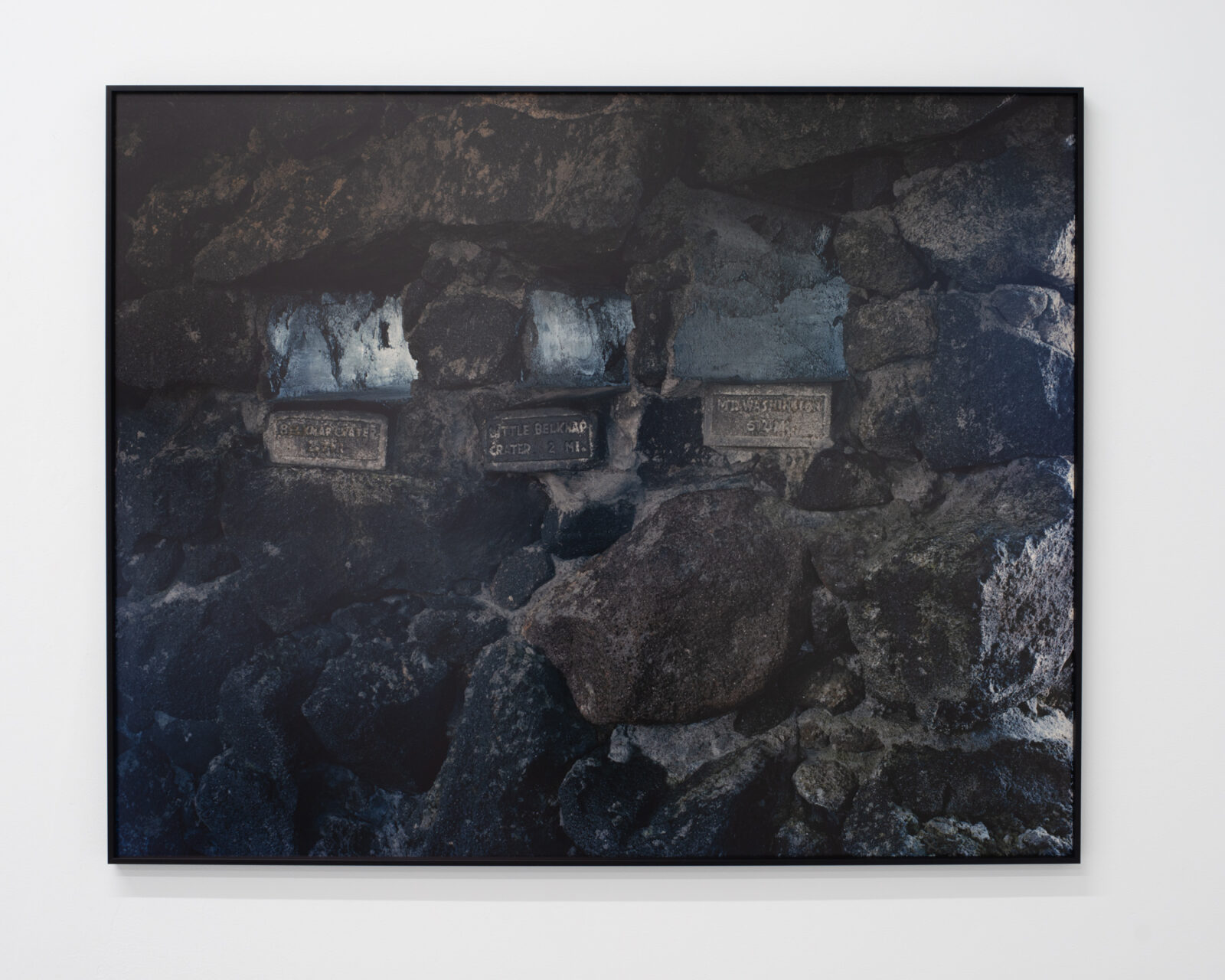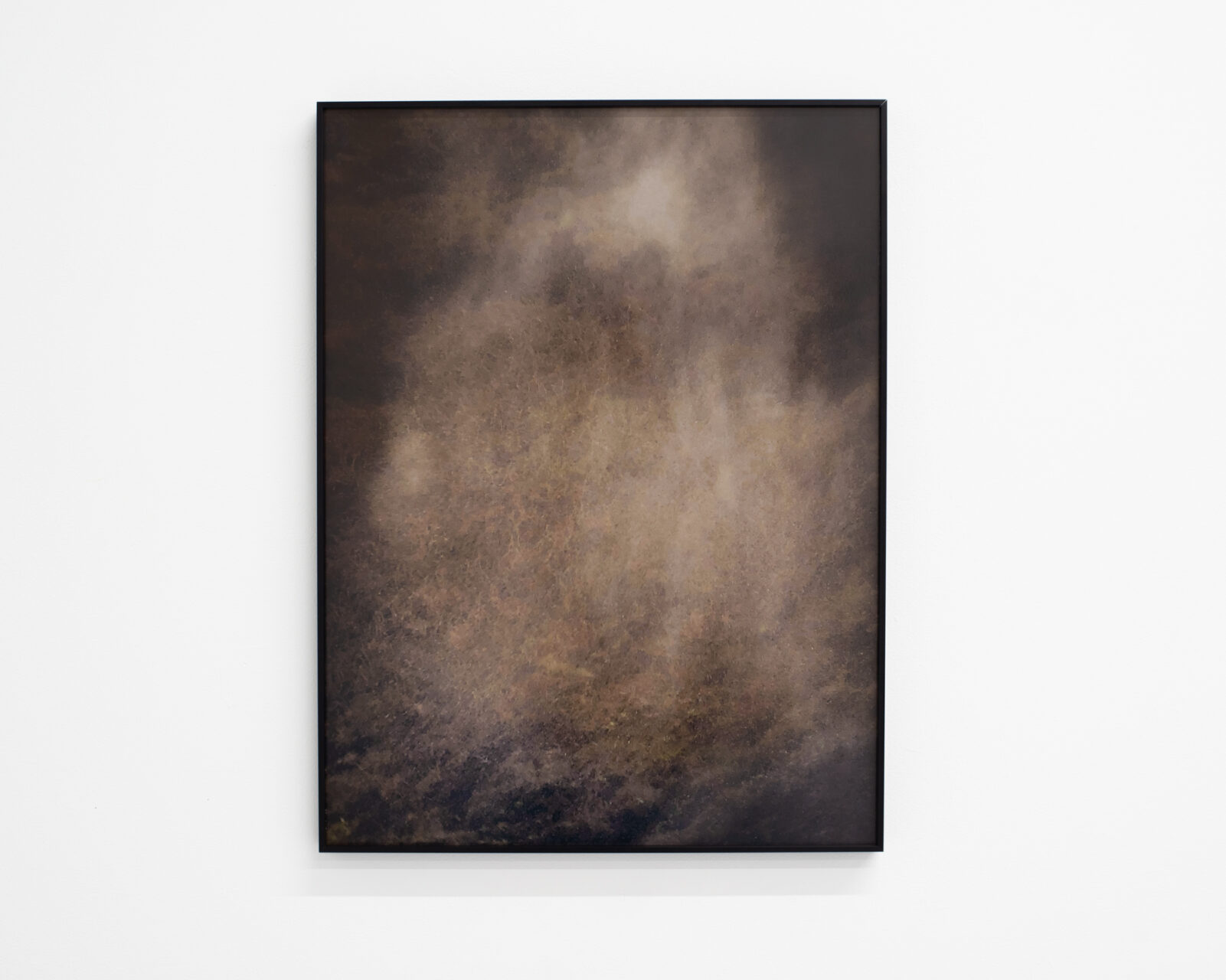The images in The Overlook are made in the scenic viewpoints that dot the Oregon Coast, which attempt to flatten the land into a singular, definitive vista. Within these spaces, I photograph the landscape through strategies that seemingly embrace this framing; some images, made on a large format camera, reproduce scenic overlook infrastructure in exacting detail, while others chase the sublime through the tunnel-like view of a pair of binoculars.
It is these same processes that compromise the images from their outset. The large format photographs never reveal the spaces their subjects are meant to frame, while the binocular images collapse into peripheral abstractions where optical aberrations, pixelation, and fragments of landscape intermingle. Instead of fulfilling their role as photographs about landscape, the images become photographs about looking, as the sublime appears not as a fixed element of the terrain, but as an elusive resonance of the camera’s making.
I work in this manner to undermine the logic of the definitive view that flattens spaces like the Oregon Coast into consumable, photo-ready experiences, from Manifest Destiny to the wanderlust Instagram feed. I see the fallibility of the images in The Overlook as a necessary counterpoint to such views: a relation to landscape that does not seek to possess or essentialize, but to evoke the peripheral, the multifaceted, and the irreducible.
Read more about The Overlook here.
 8x25 44°7'32.29" N 124°7'32.69" W (Interrelation)
8x25 44°7'32.29" N 124°7'32.69" W (Interrelation)  Zenith
Zenith  8x25 44°16'42.09" N 124°6'48.5" W (Precipice)
8x25 44°16'42.09" N 124°6'48.5" W (Precipice)  8x25 44°16'40.42" N 124°6'46.27" W (Monolith)
8x25 44°16'40.42" N 124°6'46.27" W (Monolith)
 8x25 44°16'39.98" N 124°6'46.25" W (Threshold)
8x25 44°16'39.98" N 124°6'46.25" W (Threshold)  8x25 44°19'22.83" N 124°6'22.52" W (Collapse)
8x25 44°19'22.83" N 124°6'22.52" W (Collapse)  Observatory
Observatory  8x25 44°16'40.37" N 124°6'46.22" W (Veil)
8x25 44°16'40.37" N 124°6'46.22" W (Veil)  8x25 44°29'32.48" N 124°5'6.74" W (Horizon)
8x25 44°29'32.48" N 124°5'6.74" W (Horizon)  Untitled
Untitled  Ditch Projects, Springfield, OR. May 17-26, 2024.
Ditch Projects, Springfield, OR. May 17-26, 2024. 



